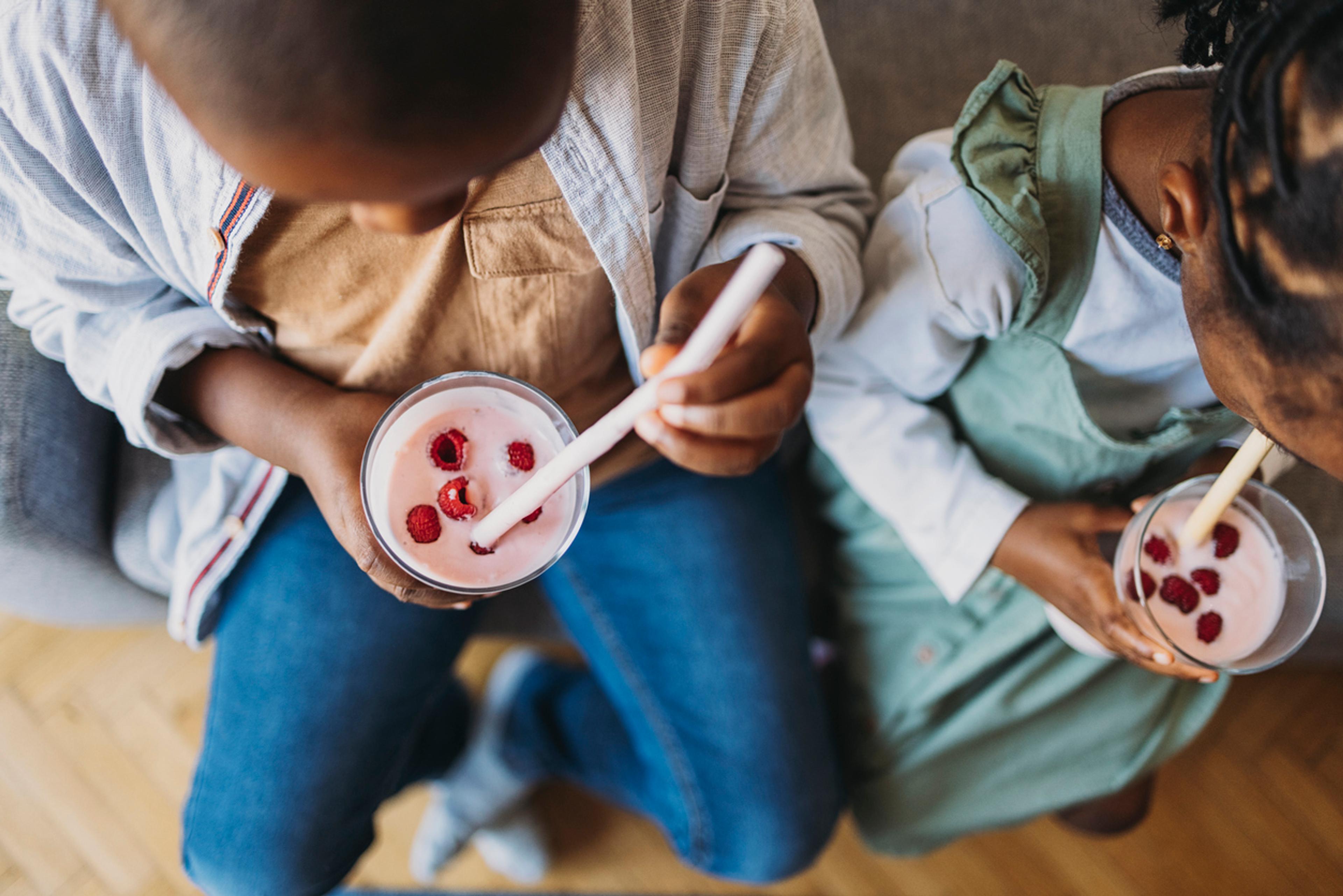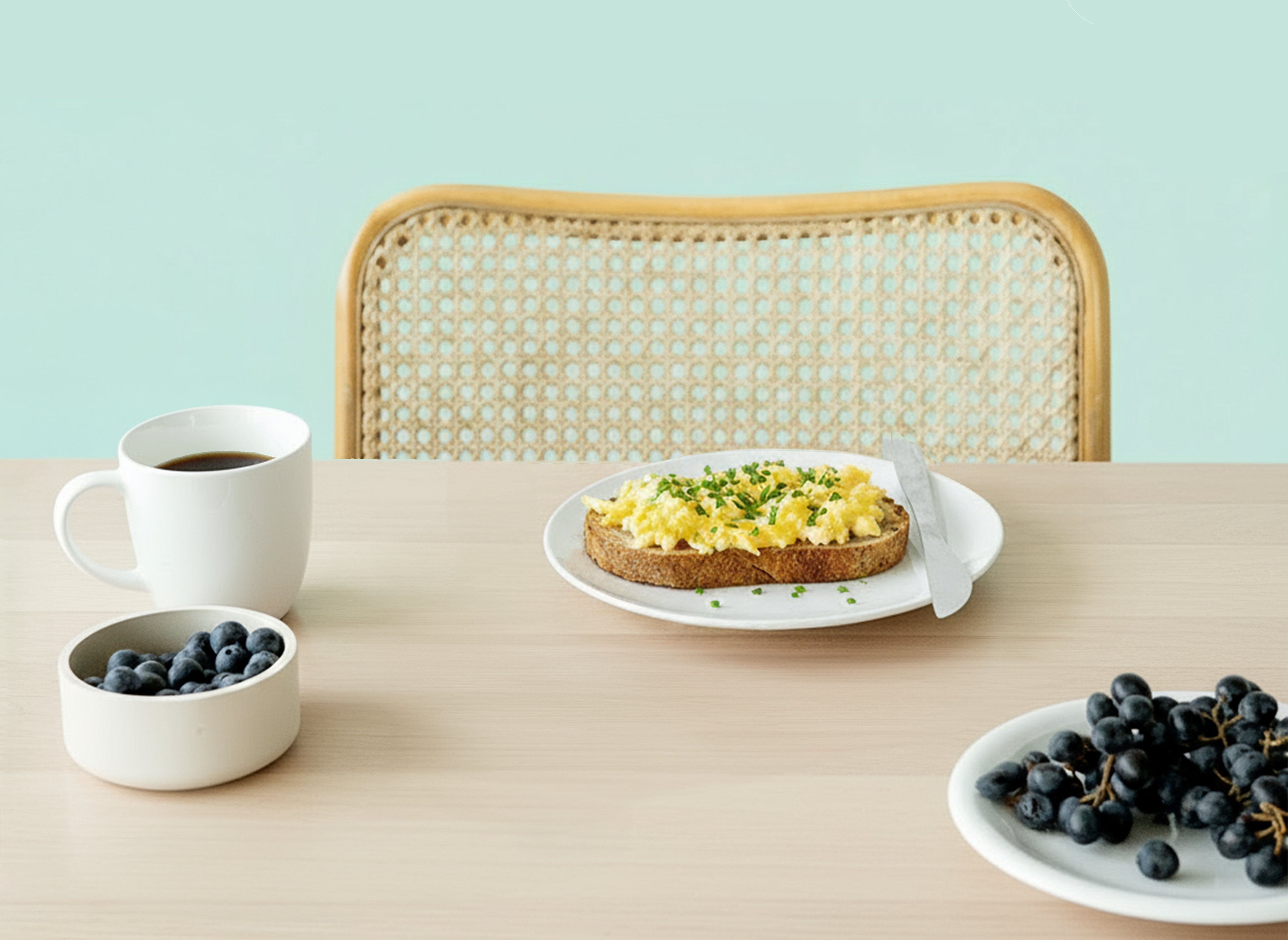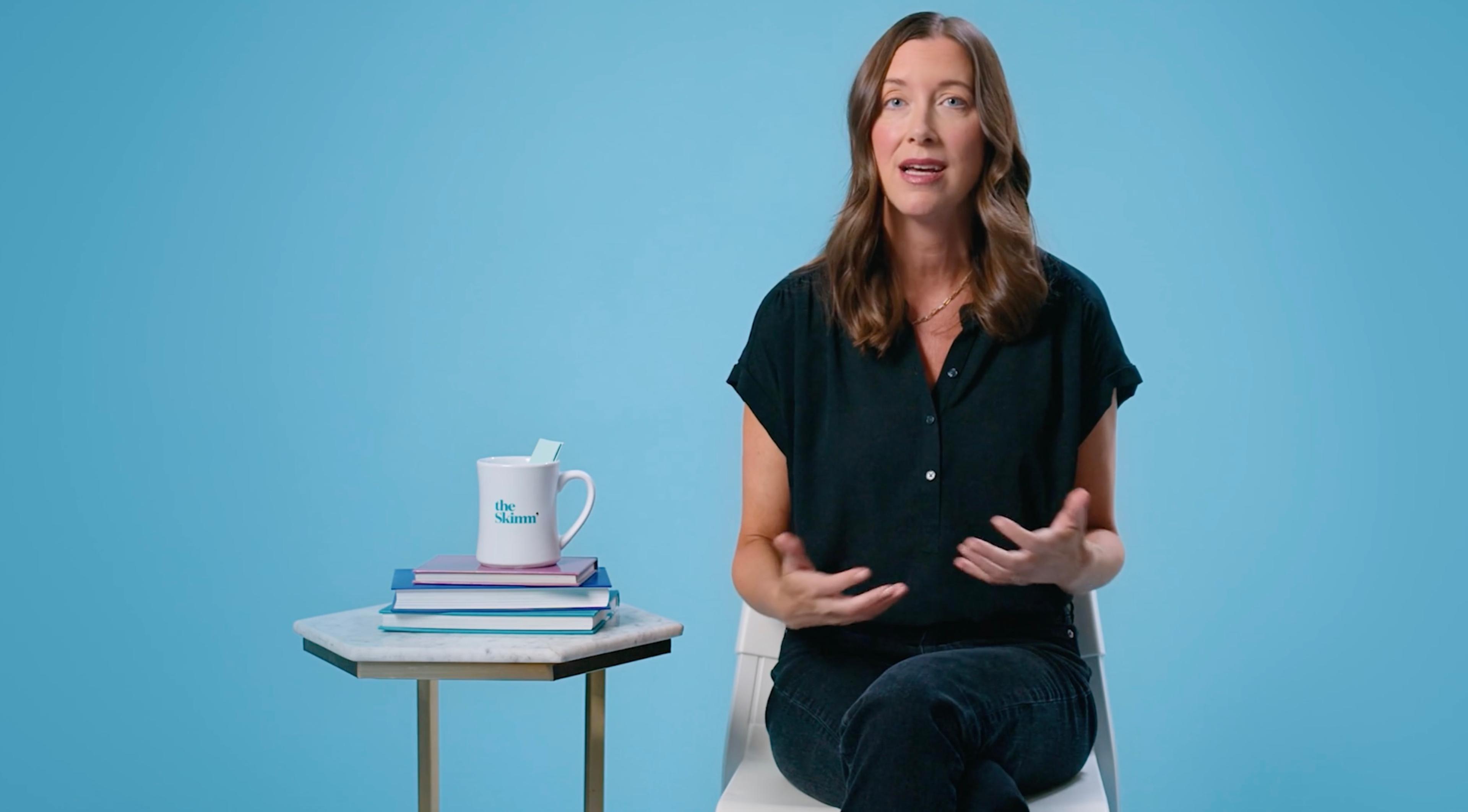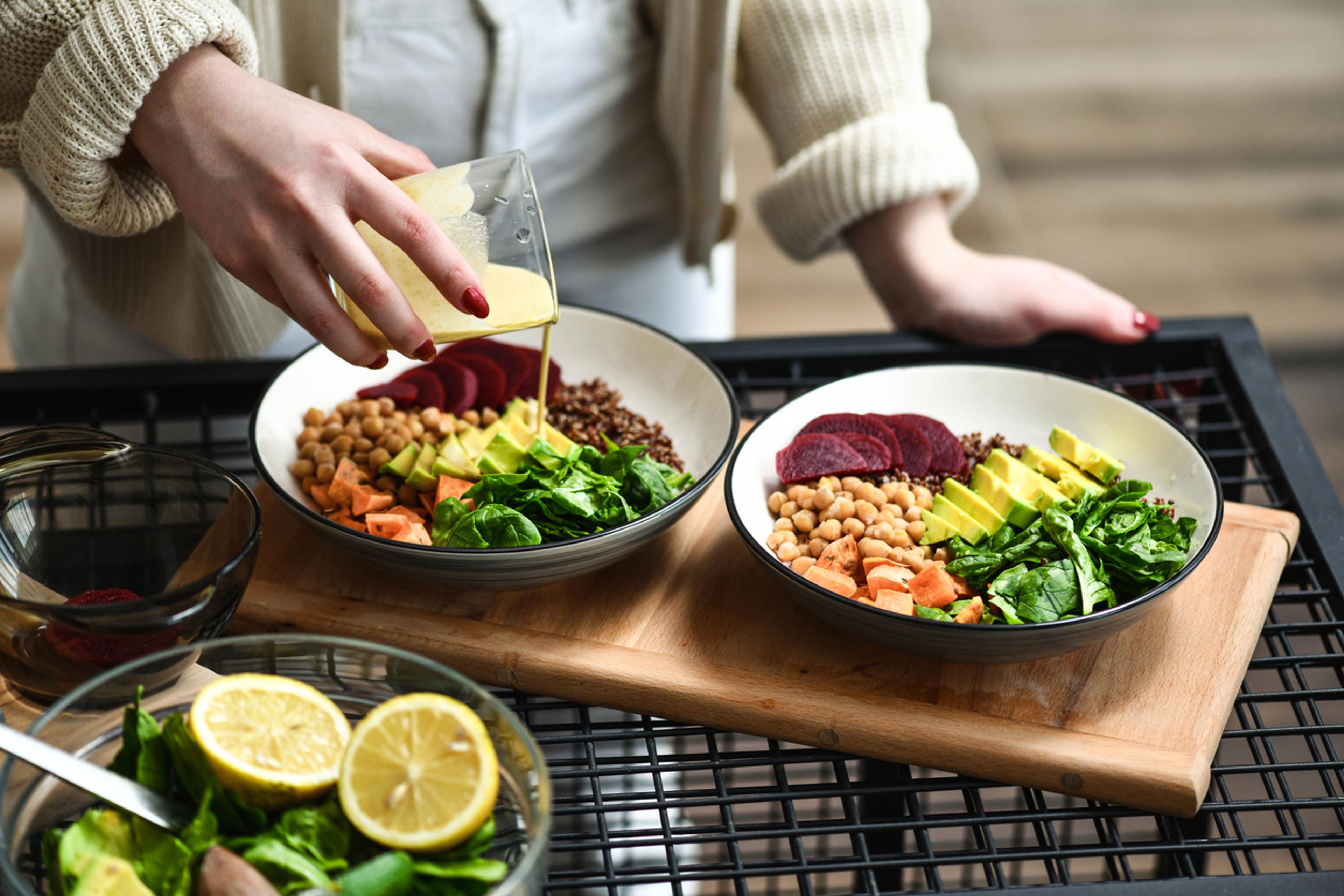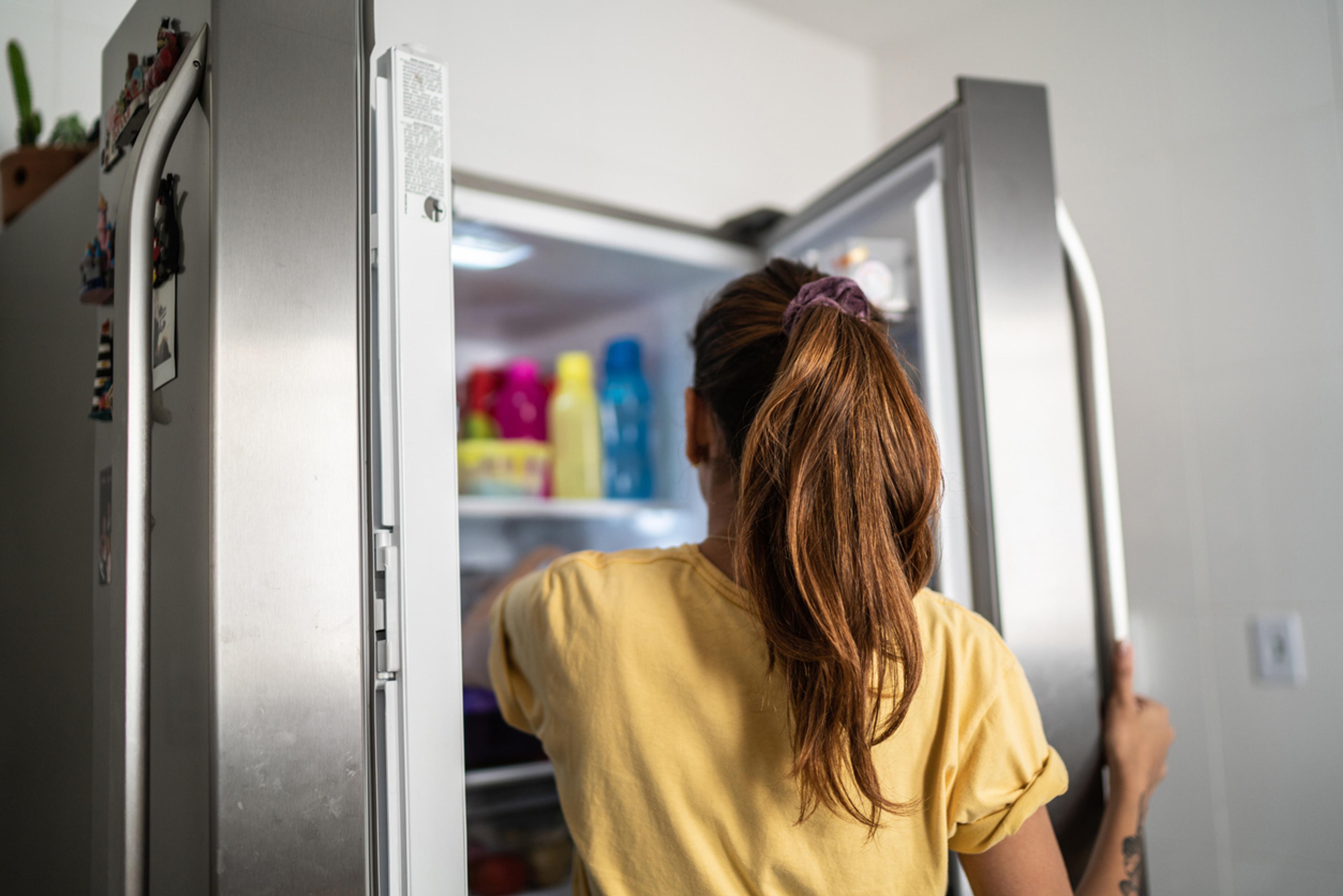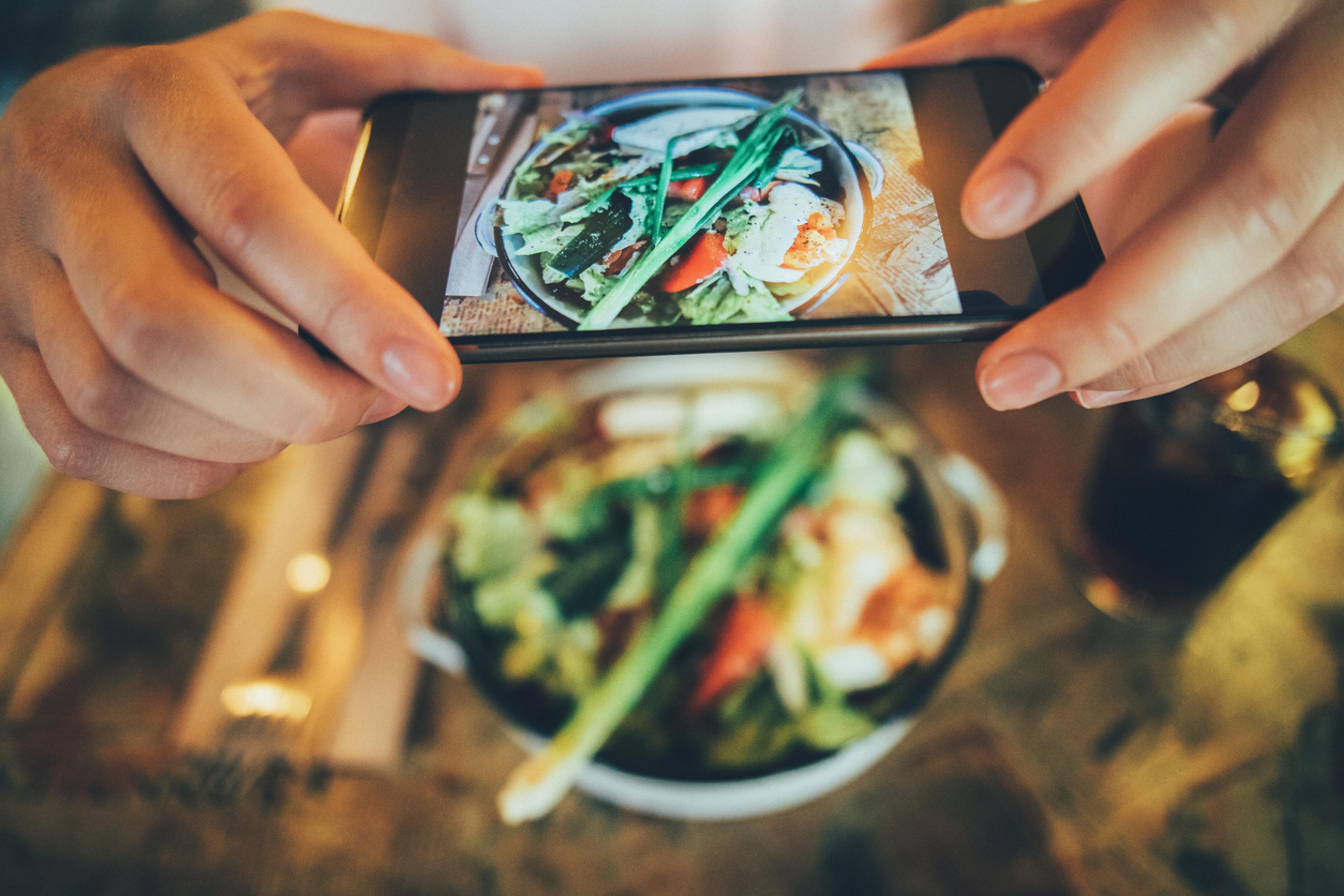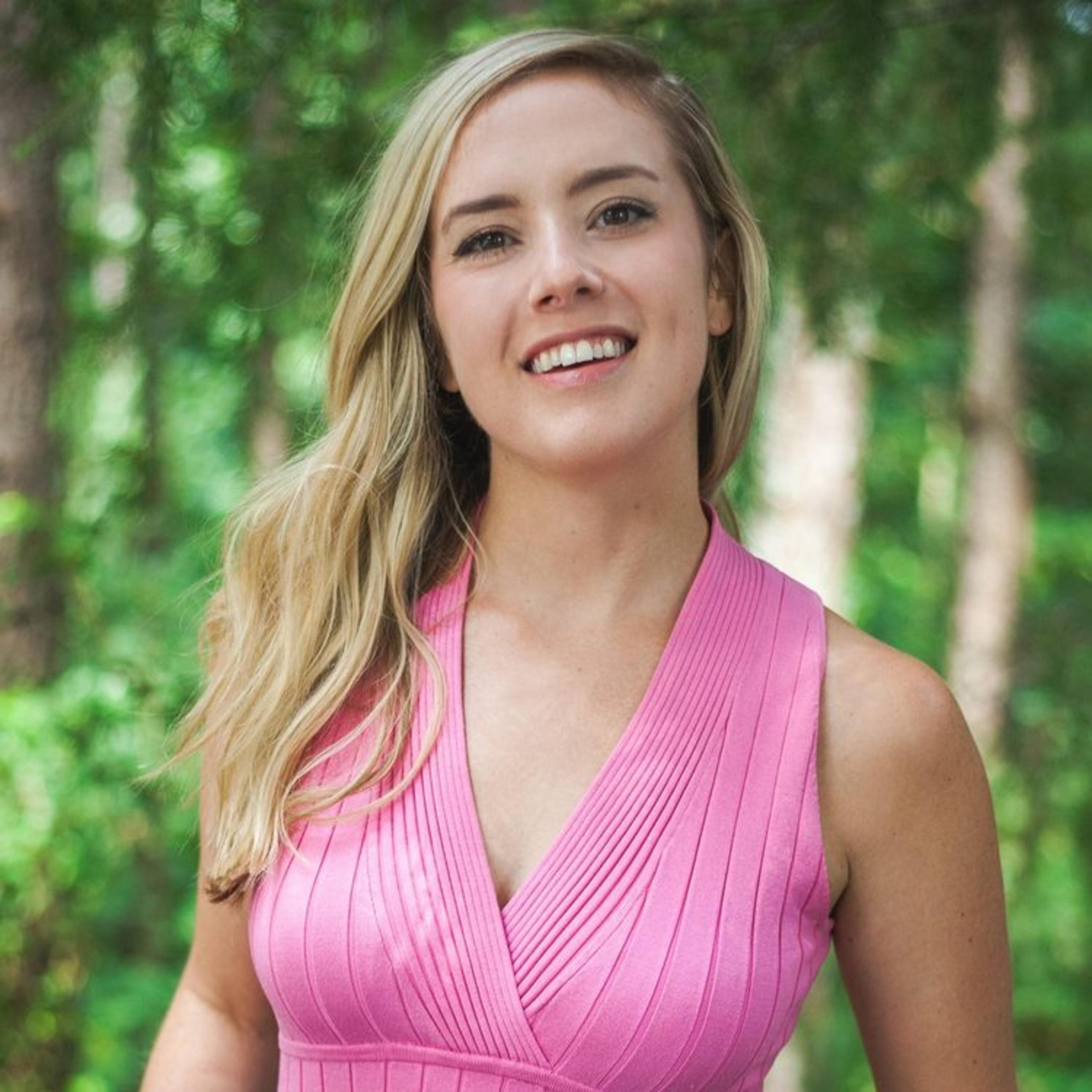
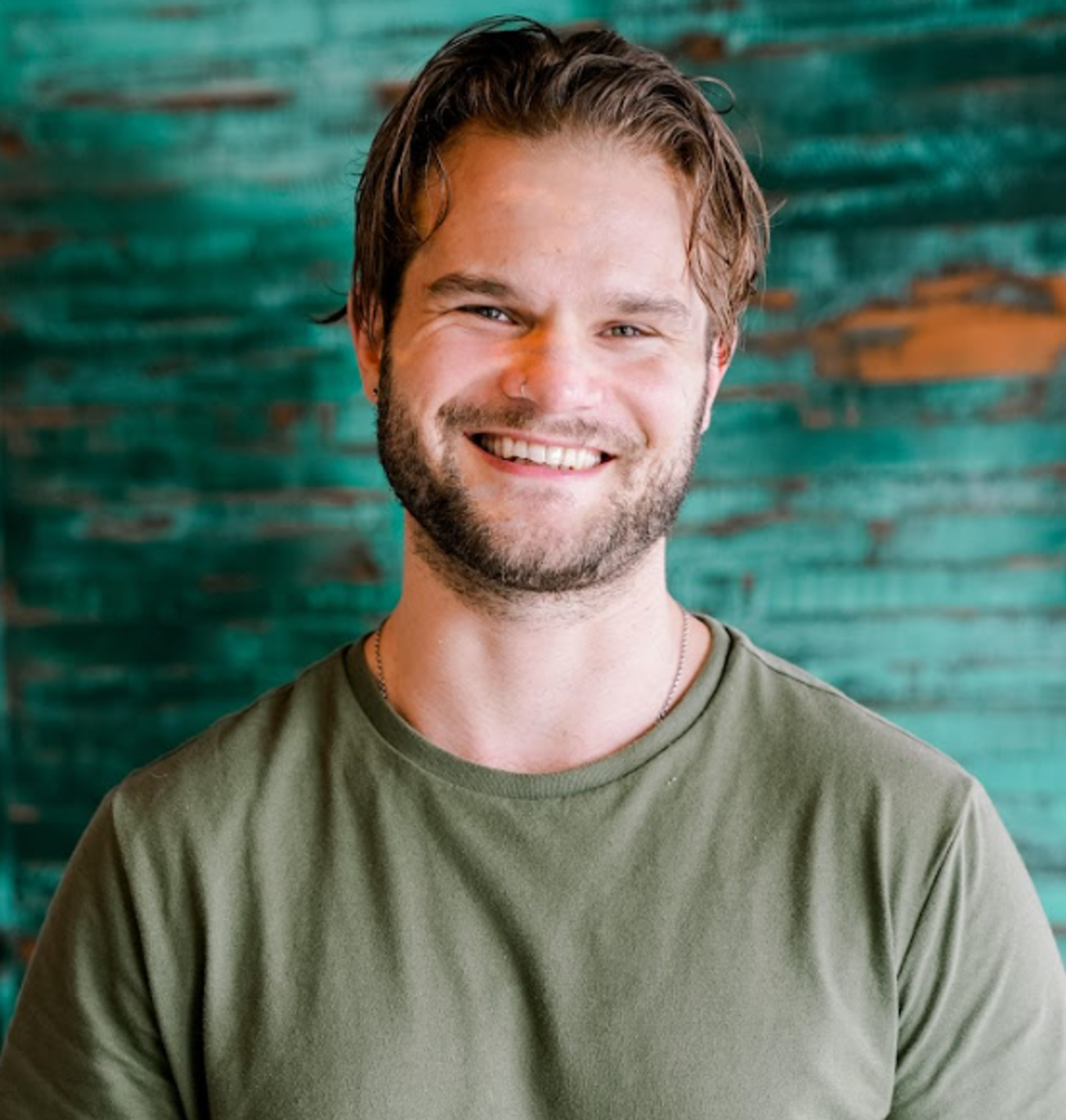
- "What I Eat In a Day" posts are a popular type of content on social media that document what an individual person eats over the course of a day.
- Often, this type of content promotes disordered eating behaviors and can be triggering to those vulnerable to eating disorders. It promotes comparison and ignores the fact that everyone has different nutritional needs.
- Look for content from credible, anti-diet accounts who are knowledgeable about nutrition and show bodies of different sizes. Or, better yet, avoid food- and diet-related social media content altogether.
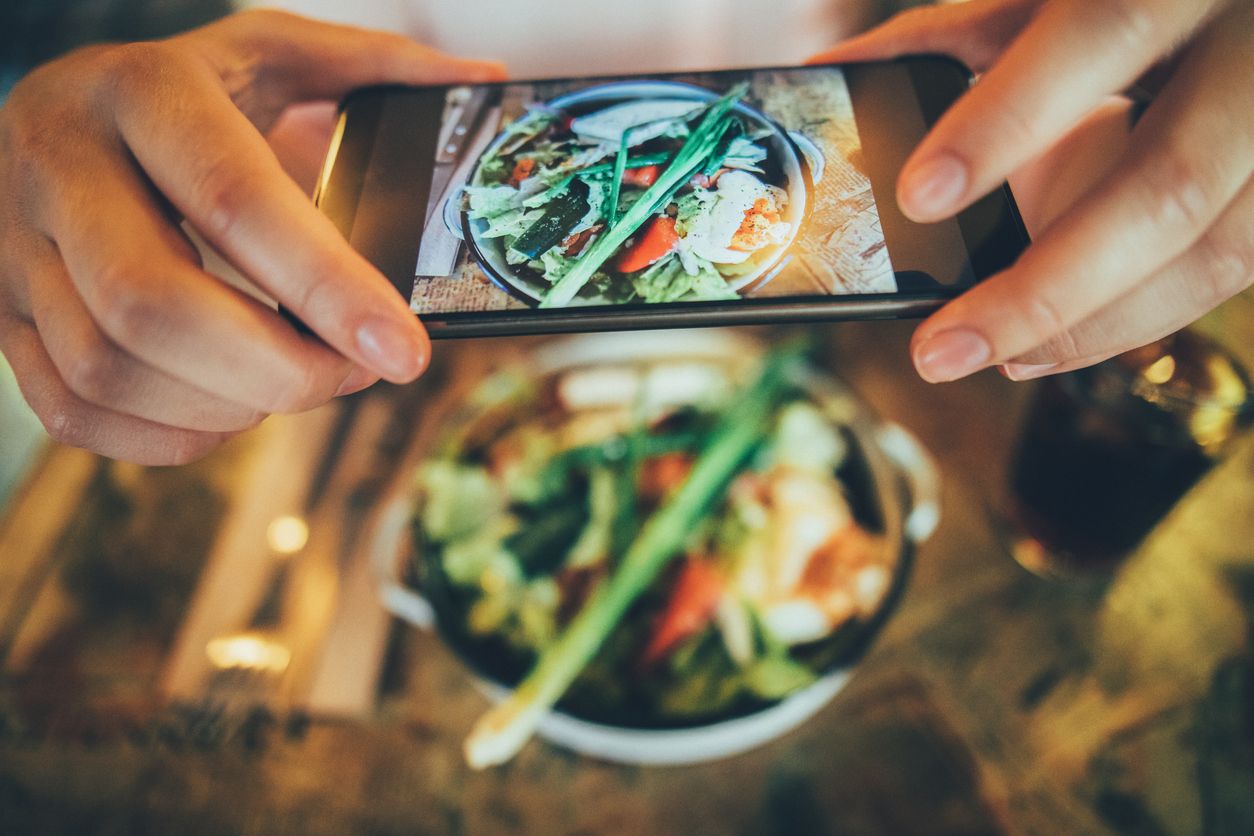
For over a decade, “What I eat in a day” (WIEIAD) videos have stayed relevant across social media platforms—from YouTube, to Instagram, and now TikTok. It’s an unusual feat for most social media trends, which typically fade out within months at most. The videos showcase the creator’s meals and snacks throughout a single day, and are created by many different types of people, including dietitians, personal trainers, and wellness influencers.
WIEIAD videos seem to offer a clear and correct way to eat—which can seem incredibly attractive in a social media landscape full of confusing and excessive nutrition information. “Nutrition science is complicated and nuanced, and we often look for simplified advice on social media of what we should be eating,” explains dietitian Ana Pruteanu, MS, RDN, CEDS-C, LDN. “These videos seem to answer that question in a simple and easy-to-understand format: a video of all the foods someone ate in a day, and what’s implied in the video is that we should be doing the same.”
Oftentimes, WIED videos are aesthetically appealing with perfectly curated meals and created by people who fit diet culture’s thin body ideal, which adds to their appeal. “Lots of these videos are made by people who are traditionally attractive—thin, strong, young-looking folks,” says Equip clinical supervisor and therapy lead Jonathan Levine, LCSW. The underlying message of these videos is, if you eat like me, you’ll look, feel, or be like me, “It’s human nature to want to model behaviors that seem to work for someone else, especially when those behaviors are wrapped up in aesthetics, wellness, and quick fixes,” says Tracy Colin, MS, RDN, LD. “The problem is, what looks good online doesn’t always translate to what’s balanced or sustainable in real life.”
Read on to explore how WIEIAD videos can be harmful (and the red flags of harmful content), green flags that indicate content may be helpful, and how to use social media for food and nutrition content in a healthy way.
Why “What I eat in a day” videos are harmful
It’s no secret that social media can negatively influence the way people view their bodies and food. In fact, a 2023 research review showed that social media usage is associated with the development of eating disorders or disordered eating and poor body image, due to factors like social comparison, self-objectification, and internalization of the thin ideal body. Another review from 2024 found a relationship between exposure to eating-related social media content and increased body image issues and disordered eating behaviors.
When it comes to the WIEIAD trend specifically, a 2024 research analysis showed that WIEIAD videos on TikTok contain eating disorder and body-focused themes (including calorie counting and dieting tips), as well as promotion of weight loss and the thin ideal and eating disorder behaviors.
Aside from containing problematic and triggering messaging, WIEIAD videos often breed unhealthy comparisons, deliver inaccurate nutrition information, and fail to take individual differences into account. These posts generally portray one person’s day of eating, and that person usually fits into diet culture’s definition of attractive. Then, Prutaneau says, the viewer is left comparing their own eating to that portrayed in the video, and often feeling as if they aren’t eating “healthy” enough. “That comparison can make us lose sight of the fact that different people have different bodies with different needs,” Levine cautions. “It can make us feel like we should be eating certain things in certain ways or not eating things at all.”
If you have an eating disorder or are in recovery, WIEIAD videos can be particularly triggering and reinforce the eating disorder’s rules and beliefs. But even without an eating disorder or a history of one, they can have a negative impact on your relationship to food. “Constant exposure to these curated ‘perfect day of eating’ clips can erode trust in your own hunger cues and create unnecessary food guilt,” Colin explains. WIEIAD videos shift your focus to someone else’s food and body, making it harder to honor your own needs.
Signs that a WIEIAD post is harmful
“What I eat in a day” content on social media can take many different forms, but it can often have negative effects on the view. Here are some red flags to look out for that indicate a WIEIAD post may promote unhealthy beliefs or behaviors:
- There’s diet culture language. Any talk of weight loss, detoxes, cleanses, “clean eating,” extreme dieting, “good” or “bad” foods, or body shaming is a clear indicator of harmful content.
- They promise quick fixes or blanket recommendations. If the creator is suggesting you eat how they eat or promising some kind of silver bullet, it’s not a scientifically-sound video. Every person has varying needs and nutrition is not one-size-fits-all.
- They include body objectification. “These videos also tend to include body checks, subtle or not-so-subtle shots showing off physiques, which can send the message that if you eat like them, you’ll look like them,” Colin says. “That’s not how nutrition or bodies work.”
- The creator is not a credentialed expert. A 2025 study showed that an abundance of nutrition content on TikTok is created by non-experts (like wellness influencers) who are often influenced by diet culture. Meanwhile, credible, accurate videos unfortunately get fewer views than sensational or less accurate ones, since social media platforms typically prioritize engagement over accuracy.
Could “What I eat in a day” videos ever be helpful?
While there’s not substantial research showing any benefits of this type of content, one 2024 study of 250 WIEIAD videos showed that about half of them included healthy, intuitive eating behaviors and some provided neutral or positive examples of eating and body acceptance. However, the same study found that most of the videos portray negative body image practices like body checking. So while some healthy versions do exist, they’re unfortunately few and far between.
As an eating disorder dietitian, I appreciate some fellow dietitians’ recovery-focused renditions of WIEIAD content, where they document a day’s meals and snacks highlighting imperfect eating, intuitive eating skills (like honoring hunger and fullness cues), and recovery-oriented eating patterns and foods (like eating dessert regularly). “They can be healthy when done responsibly,” Colin explains. “There are creators, including dietitians, who use WIEIAD videos to show balance, variety, and flexibility in eating—the difference is in the intention and the message.”
Signs that a WIEIAD post may be truly healthy
Here are a few green flags that indicate a WIEIAD video is health-promoting and credible:
- They include disclaimers. “When these videos include context, like reminders that everyone’s needs are different, or that these meals are simply ideas and not prescriptions, they can actually inspire people to nourish themselves more intuitively,” Colin says. “The key is transparency, emphasizing that food isn’t one-size-fits-all, and removing the comparison piece that makes so many of these videos harmful in the first place.”
- They challenge diet culture. “People modeling a normative pattern of eating, and discussing the nuances of body types, the risks of dieting, disordered eating, and diet culture can change our perspectives of food and dieting on large scales,” Levine shares. Look for videos that promote an all-foods fit mentality, honoring your body, and flexible, imperfect, and non-restrictive eating practices. It’s also a good sign if they address mental and emotional aspects of eating, advocate for eating disorder recovery, and celebrate body diversity. “I love content that focuses on balance, culture, and real-life nourishment, not perfection,” Colin shares. “The healthiest nutrition content shows meals being created with intention, variety, and enjoyment in mind, all without the pressure to “eat perfectly.”
- They’re created by credentialed, non-diet experts. While there are likely non-expert creators of WIEIAD videos sharing truly healthy eating practices and beliefs, your safest bet is to stick to nutrition experts, like non-diet dietitians, who promote healthy eating practices and share the science to back them up. Look for terms like, “intuitive eating,” “anti-diet,” and “weight-inclusive” and credentials like “RD” or “RDN” when reviewing creators.
Finally, keep in mind that following nutrition- or food-related social media accounts is not always the best or healthiest decision for you. Sometimes, a break or complete discontinuation of viewing food and nutrition content is what’s healthiest, especially if you’re in eating disorder recovery. In fact, one 2023 study of women in recovery from an eating disorder or disordered eating found that, even in the case of accounts claiming to be recovery-oriented, social media can be both beneficial and detrimental to recovery, and called for a nuanced approach to social media use.
In my practice, clients have found it helpful to broaden the types of accounts they follow to better align with their values and subjects that bring them joy or inspiration (like animals, travel, or poetry). This practice aligns with research from 2025, which showed that viewing art content on social media could protect against eating disorder risk, while watching WIEIAD videos may increase risk for eating disorder behaviors and beliefs. According to Levine, taking a prolonged break or leaving social media entirely is what’s best sometimes.
Take some time to ask yourself if following food- or nutrition-related content feels healthy or harmful to you, even when it’s free of diet culture. Ask yourself questions like:
- Why am I or why would I view food or nutrition content?
- What feelings or thoughts do I notice while I’m viewing food or nutrition content, and afterwards?
- What kind of impact does seeing such content have on my relationships to food, my body, and my behaviors?
If you decide following food and nutrition content on social media is healthy and helpful for you, here are some examples of credible, non-diet culture accounts to follow:
- Davis, H. A., Kells, M. R., Roske, C., Holzman, S., & Wildes, J. E. (2023). A reflexive thematic analysis of #WhatIEatInADay on TikTok. EATING BEHAVIORS, 50, 101759–101759. https://doi.org/10.1016/j.eatbeh.2023.101759
- Dane, A., & Bhatia, K. (2023). The social media diet: A scoping review to investigate the association between social media, body image and eating disorders amongst young people. PLOS Global Public Health, 3(3). https://doi.org/10.1371/journal.pgph.0001091
- Wu, Y., Kemps, E., & Prichard, I. (2024). Digging into digital buffets: A systematic review of eating-related social media content and its relationship with body image and eating behaviours. Body Image, 48, 101650–101650. https://doi.org/10.1016/j.bodyim.2023.101650
- Davis, H. A., Kells, M. R., Roske, C., Holzman, S., & Wildes, J. E. (2023). A reflexive thematic analysis of #WhatIEatInADay on TikTok. EATING BEHAVIORS, 50, 101759–101759. https://doi.org/10.1016/j.eatbeh.2023.101759
- Marson, G. (2022, August 8). How “What I Eat in a Day” Videos Can Impact Mental Health | Psychology Today. Www.psychologytoday.com. https://www.psychologytoday.com/us/blog/the-binge-eating-prevention-plan/202208/how-what-i-eat-in-day-videos-can-impact-mental-health
- Zeng, M., Grgurevic, J., Diyab, R., & Roy, R. (2025). #WhatIEatinaDay: The Quality, Accuracy, and Engagement of Nutrition Content on TikTok. Nutrients, 17(5), 781. https://doi.org/10.3390/nu17050781
- Munro, E., Wells, G., Paciente, R., Wickens, N., Ta, D., Mandzufas, J., Lombardi, K., & Woolard, A. (2024). Diet culture on TikTok: a descriptive content analysis. Public Health Nutrition, 27(1). https://doi.org/10.1017/s1368980024001381
- Nikolova, I., & LaMarre, A. (2023). “If I Unfollow Them, It’s Not a Dig at Them”: A Narrative Analysis of Instagram Use in Eating Disorder Recovery. Psychology of Women Quarterly, 47(3), 036168432311663. https://doi.org/10.1177/03616843231166378
- Davis, H. A., Patarinski, A. G. G., Kosmas, J. A., Roske, C., & Kells, M. (2025). Does Watching Short-Form #WhatIEatInADay Videos Impact Eating Disorder Cognitions and Urges to Engage in Eating Disorder Behaviors? An Experimental Investigation of TikTok. Appetite, 108002. https://doi.org/10.1016/j.appet.2025.108002

